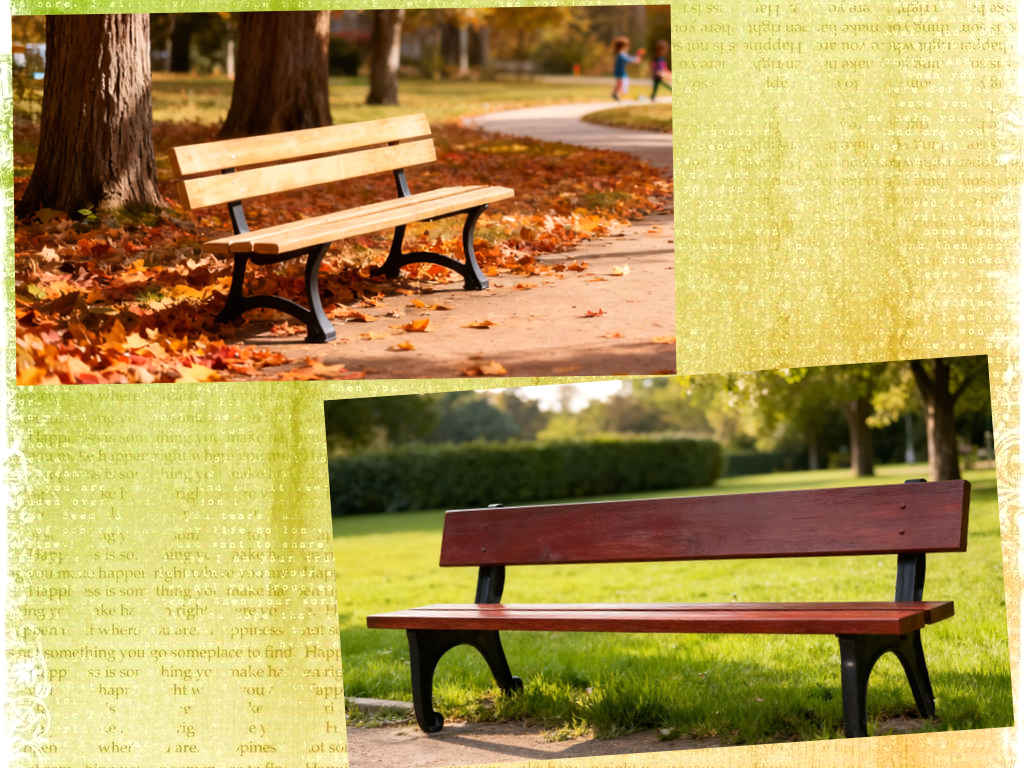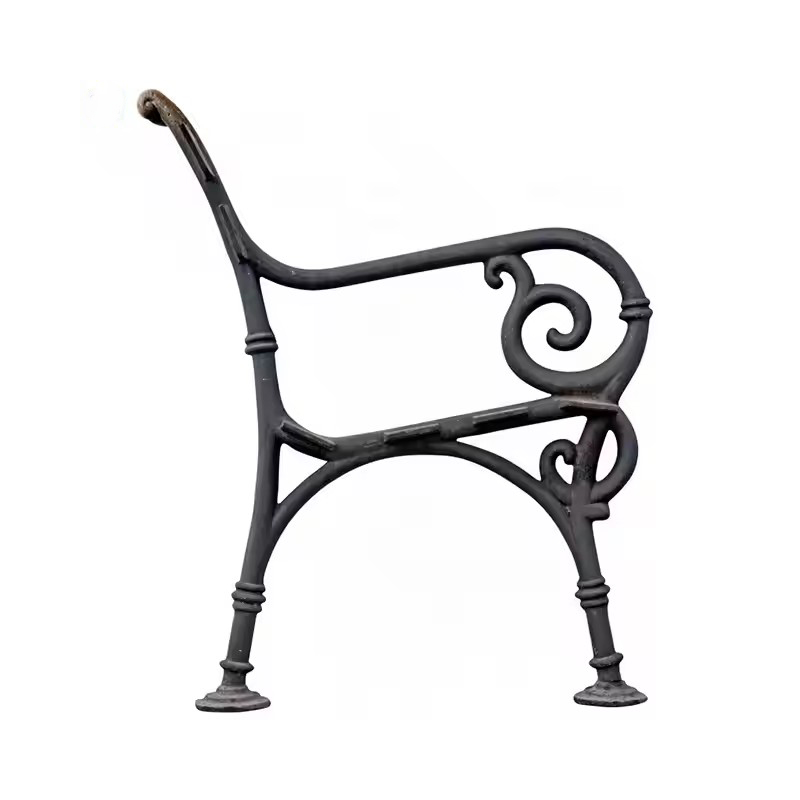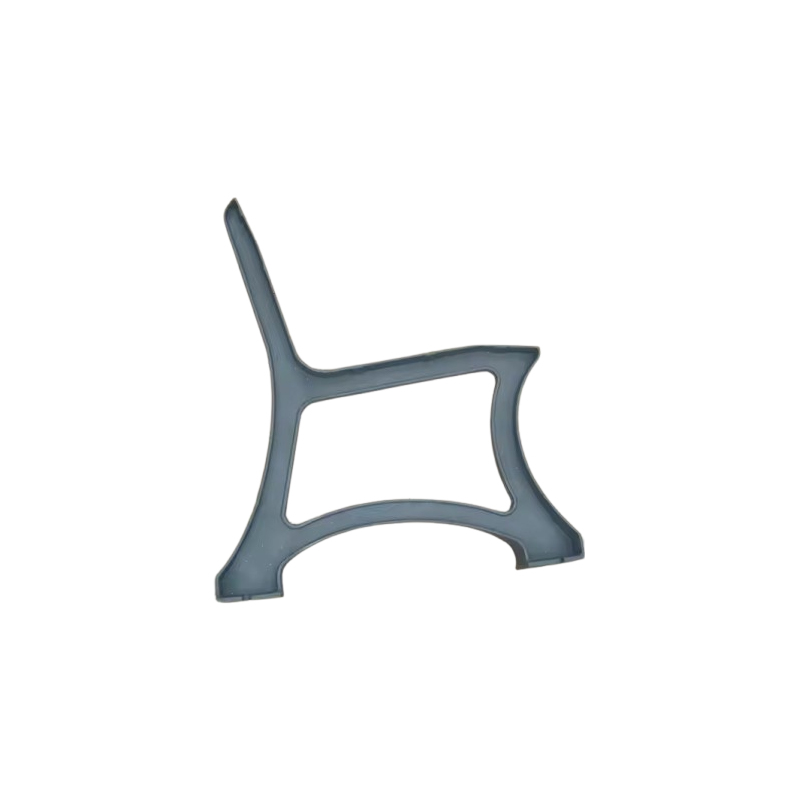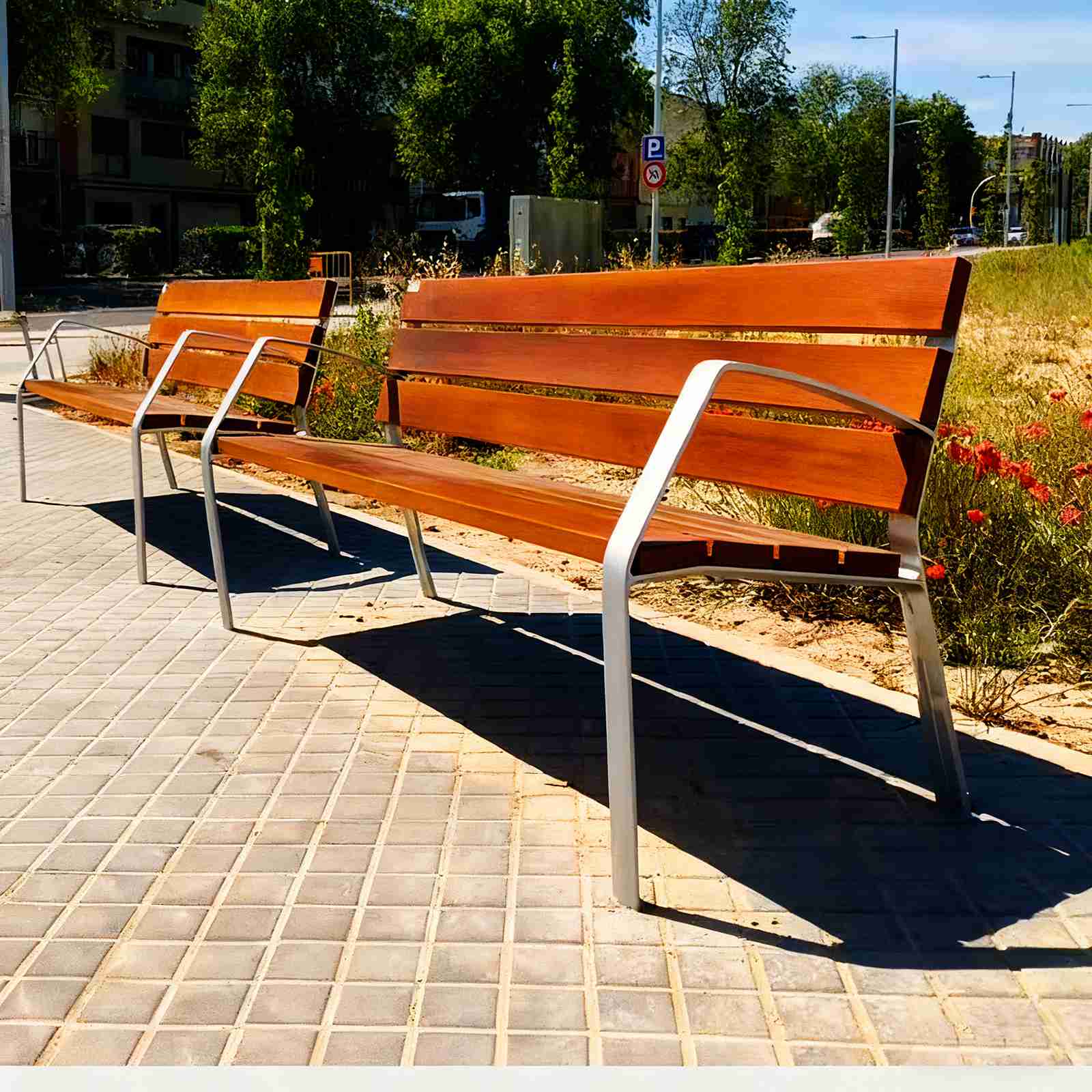- Index
- blog
Park Benches in USA and Europe: The Role of Bench Legs and Design
Discover the purpose of park benches in the USA and Europe, focusing on bench legs, park bench legs, and metal bench legs. Learn how design enhances public spaces.

Have you ever paused to consider why park benches are such a common sight in cities and towns across the United States and Europe? These simple structures do more than just offer a place to sit; they serve as vital elements of community life, fostering social interaction, providing rest, and enhancing the aesthetic appeal of public areas. In this blog, we will explore the multifaceted purposes of park benches in these regions, with a special emphasis on the often-overlooked components like bench legs, park bench legs, and metal bench legs. Understanding these aspects can reveal how thoughtful design contributes to functionality and longevity, making parks more inviting for everyone.
The Historical Evolution of Park Benches
Park benches have a rich history that dates back centuries, evolving from basic wooden seats to the diverse designs we see today. In Europe, benches were initially incorporated into royal gardens and public squares as symbols of status and leisure. They provided nobles with a place to admire landscaped grounds while engaging in conversations. Over time, this concept spread to public parks, becoming accessible to all citizens. In the United States, the development of park benches was influenced by the City Beautiful Movement in the late 19th century, which aimed to create harmonious urban environments. Benches were strategically placed to encourage community gatherings and promote a sense of democracy. The design of bench legs has always been integral to this evolution. Early versions featured sturdy wooden legs, but as needs changed, materials like iron and steel were introduced. These innovations allowed for greater durability and artistic expression, reflecting the cultural values of each era. Today, the legacy of these designs continues to shape how we use and perceive public spaces.
Functional Purposes: More Than Just a Seat
At their core, park benches serve practical functions that benefit individuals and communities alike. They offer a spot for rest and relaxation, especially in bustling urban settings where people need a break from walking or daily stresses. In both the USA and Europe, benches are strategically placed along pathways, near water features, or under shady trees to maximize comfort. This thoughtful positioning encourages people to linger, enjoy nature, and recharge. Another key purpose is promoting social interaction. Benches act as informal meeting points where friends can chat, families can gather, or strangers can strike up conversations. This fosters a sense of belonging and strengthens community bonds. Additionally, park benches support public health by encouraging outdoor activity. They provide a resting place for joggers, elderly individuals, or those with mobility issues, making parks more inclusive. The stability of bench legs is crucial here; well-designed legs ensure safety and comfort, allowing users to sit without worry. For instance, park bench legs made from robust materials can withstand heavy use and weather conditions, ensuring the bench remains functional for years. In Europe, where historic preservation is valued, benches often feature ornate legs that blend functionality with artistry. In the USA, a focus on practicality means metal bench legs are common for their resilience and low maintenance. These differences highlight how purpose-driven design adapts to local needs.
Design Elements: The Importance of Bench Legs
When examining park benches, it is easy to overlook the role of bench legs, yet they are fundamental to the overall structure and user experience. Bench legs provide the necessary support to bear weight and maintain balance, preventing accidents and ensuring longevity. In many public spaces, the choice of legs reflects a balance between aesthetics and utility. For example, park bench legs in European cities often showcase intricate patterns or classical motifs, echoing historical architecture. These designs not only serve a functional purpose but also contribute to the cultural identity of the area. In contrast, American parks might prioritize simplicity and durability, with metal bench legs being a popular choice. Metal legs, typically made from aluminum or steel, resist corrosion and require minimal upkeep, making them ideal for high-traffic areas. The strength of metal bench legs allows benches to support multiple users simultaneously, which is essential in busy urban parks. Moreover, the height and angle of bench legs can influence seating comfort. Properly designed legs ensure the bench is at an ergonomic height, reducing strain on users’ backs and legs. This attention to detail demonstrates how even small components like bench legs play a big part in enhancing the bench’s purpose. Over time, innovations in materials have led to lighter yet stronger legs, improving portability and installation. Whether cast in decorative forms or built for rugged use, bench legs are a testament to the ingenuity behind public furniture design.
Material Choices: Why Metal Bench Legs Stand Out
The selection of materials for park benches, particularly for the legs, significantly impacts their durability, maintenance, and overall performance. Metal bench legs have become a preferred option in many modern designs due to their exceptional strength and versatility. In the USA, where weather conditions can vary from scorching heat to freezing winters, metal legs offer resilience against rust and wear. Aluminum legs, for instance, are lightweight and easy to move, while steel legs provide unmatched sturdiness. These properties make metal bench legs a reliable choice for public parks that experience heavy use. In Europe, metal bench legs are often used in combination with other materials like wood or stone to create a harmonious look. This blend allows for customization to match the surroundings, whether in a historic garden or a contemporary plaza. The longevity of metal bench legs means fewer replacements and repairs, which is cost-effective for municipalities. Additionally, metal is highly recyclable, aligning with growing sustainability efforts in both regions. Park bench legs made from metal can be coated with protective finishes to enhance their appearance and prevent damage from vandalism or moisture. This proactive approach ensures that benches remain attractive and functional for decades. Beyond practicality, metal bench legs can be molded into various shapes, offering designers creative freedom. From sleek, modern lines to classic curves, these legs contribute to the bench’s visual appeal without compromising on safety. As communities increasingly value eco-friendly solutions, the use of metal in bench legs supports green initiatives by reducing waste and promoting resource efficiency.
Cultural Differences: USA vs. Europe
While the fundamental purposes of park benches are similar in the USA and Europe, cultural nuances influence their design, placement, and usage. In European countries, benches often reflect a deep appreciation for history and artistry. You might find benches with elaborately carved legs in cities like Paris or Rome, where they serve as extensions of architectural heritage. These benches are not just functional; they are pieces of public art that invite contemplation and admiration. The purpose here extends to preserving cultural narratives and enhancing the aesthetic experience of public spaces. In contrast, American park benches tend to emphasize practicality and accessibility. They are commonly designed for mass production, with a focus on comfort and durability. Metal bench legs are frequently used in the USA to ensure benches can withstand diverse climates and high usage rates. This pragmatic approach aligns with the American value of efficiency and inclusivity, making parks welcoming to all demographics. Another difference lies in social norms; in Europe, benches might be placed to encourage solitude and reflection, while in the USA, they are often arranged to facilitate group activities and community events. These distinctions show how bench legs and overall design adapt to cultural priorities. For example, park bench legs in Europe may be shorter or more ornate to complement historic settings, whereas in the USA, they are typically taller and simpler to meet safety standards. Understanding these variations helps appreciate how park benches serve unique roles in different societies, yet universally, they remain essential for public well-being.
The Future of Park Benches and Innovations
As urban landscapes evolve, so do the designs and purposes of park benches. Future trends are likely to focus on sustainability, smart technology, and enhanced user comfort. Innovations in materials could lead to even more durable bench legs, such as those made from recycled metals or composite alloys. These advancements would reduce environmental impact while maintaining strength. In both the USA and Europe, there is a growing interest in integrating technology into public furniture. Benches with solar-powered charging ports or sensors to monitor usage are becoming popular, and the legs of these benches may house wiring or support structures for these features. Metal bench legs are ideal for such integrations due to their conductivity and robustness. Additionally, ergonomic designs will continue to improve, with bench legs adjustable for different terrains or user needs. This flexibility ensures that parks remain accessible to everyone, including those with disabilities. Community input is also shaping the future of park benches; residents are increasingly involved in selecting designs that reflect local identity. Whether through customizable park bench legs or modular structures, the goal is to create spaces that foster connection and well-being. As cities become more densely populated, the humble park bench will play an even greater role in providing oases of calm and interaction. By prioritizing thoughtful design, including the critical role of bench legs, we can ensure that these public assets continue to enrich lives for generations to come.
In summary, park benches in the USA and Europe serve as essential components of urban life, offering rest, social opportunities, and aesthetic value. The design of bench legs, particularly park bench legs and metal bench legs, is key to their functionality and longevity. By appreciating these elements, we can better understand how public spaces are crafted to meet human needs. Next time you sit on a park bench, take a moment to notice the legs beneath you—they are a small but vital part of what makes these spaces so special.









Leave A Message